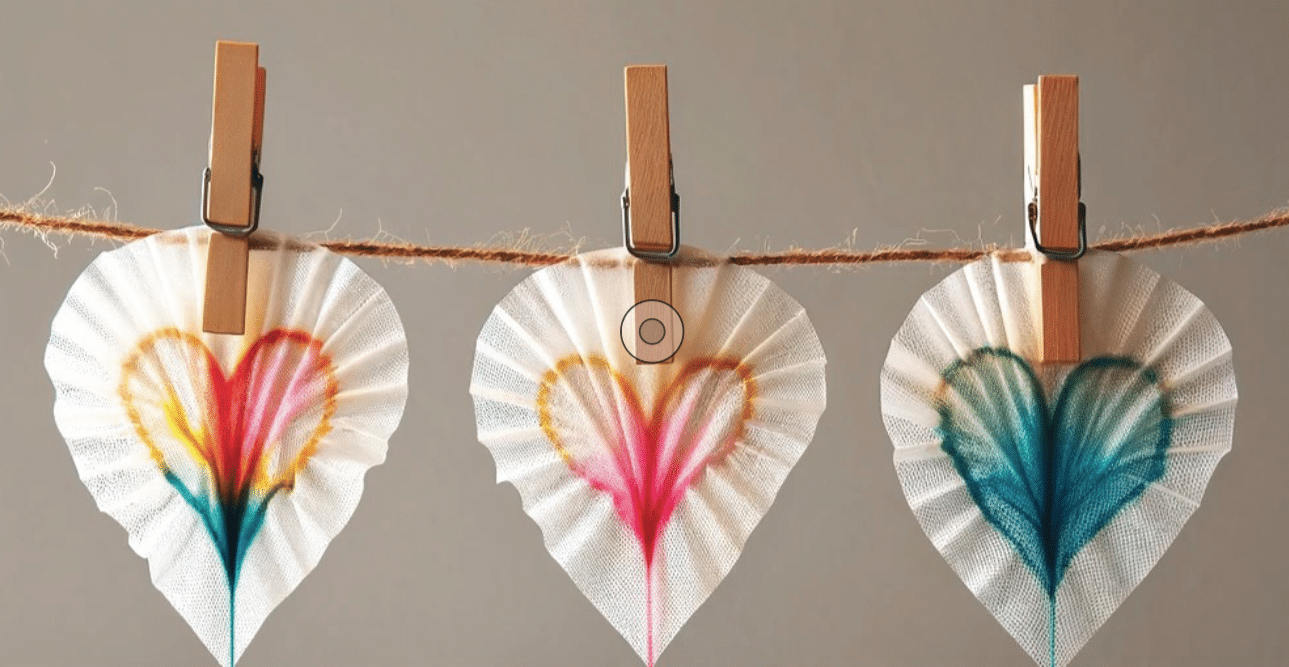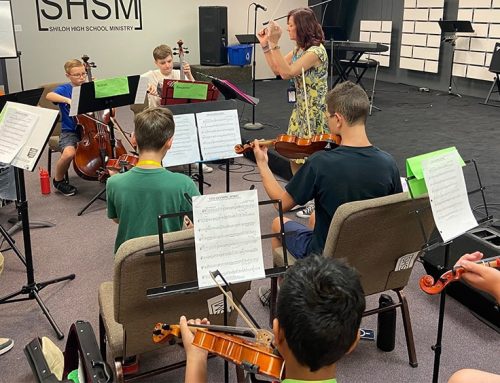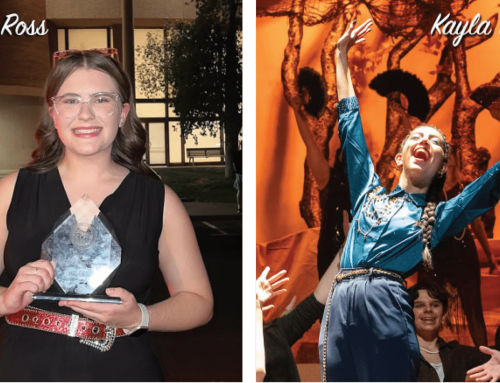This experiment introduces kids to the basics of chromatography, a technique used to separate mixtures. It’s a fun and creative way to learn about the science of colors, capillary action, and how different substances interact with each other, all within a Valentine’s Day theme.
Materials Needed
• Coffee filters or white paper towels
• Washable markers in various colors (including red and pink)
• A tall glass or jar filled halfway with water
• Scissors
• Pencil
• A ruler (optional)
• A shallow dish or plate
• String or ribbon (for hanging, optional)
• A notebook and pen for observations
Procedure
1. Preparing Your Paper
• Use scissors to cut the coffee filters or paper towels into heart shapes.
• With a pencil, draw a small line near the bottom edge of each heart.
2. Adding Color
• Using the washable markers, draw a thick line along the pencil line. Use a combination of colors to see how they separate differently.
3. Chromatography Setup
• Fill the glass or jar halfway with water.
• Place the heart-shaped paper so that the very tip of the colored edge is touching the water. Be careful not to submerge the entire heart; only the very bottom should touch the water.
4. Observing the Colors Separate
• As the water travels up the paper, it will carry the ink from the markers with it.
• Observe as the colors start to spread and separate. Different colors will move at different rates and create a beautiful pattern.
5. Discussing the Science
• Talk about how chromatography works and why different colors separate. This is due to each color’s different molecular size and how they are absorbed by the paper and carried by the water.
6. Creating Art
• Once the water has reached near the top of the heart, remove it from the glass and lay it flat to dry.
• Repeat with different color combinations or different heart sizes.
7. Recording Observations
• Encourage kids to write down their observations and what they learned about chromatography in their notebooks.
8. Displaying Your Art
• Once the hearts are dry, they can be strung up with ribbon or string to create a Valentine’s Day decoration.
This experiment is a visually appealing way to introduce the concept of chromatography and to discuss the principles of capillary action and solubility.





